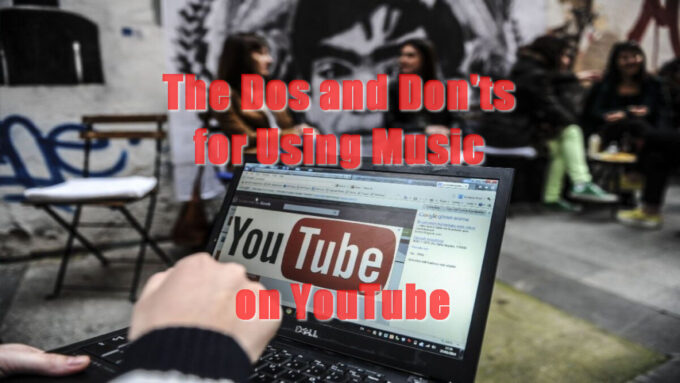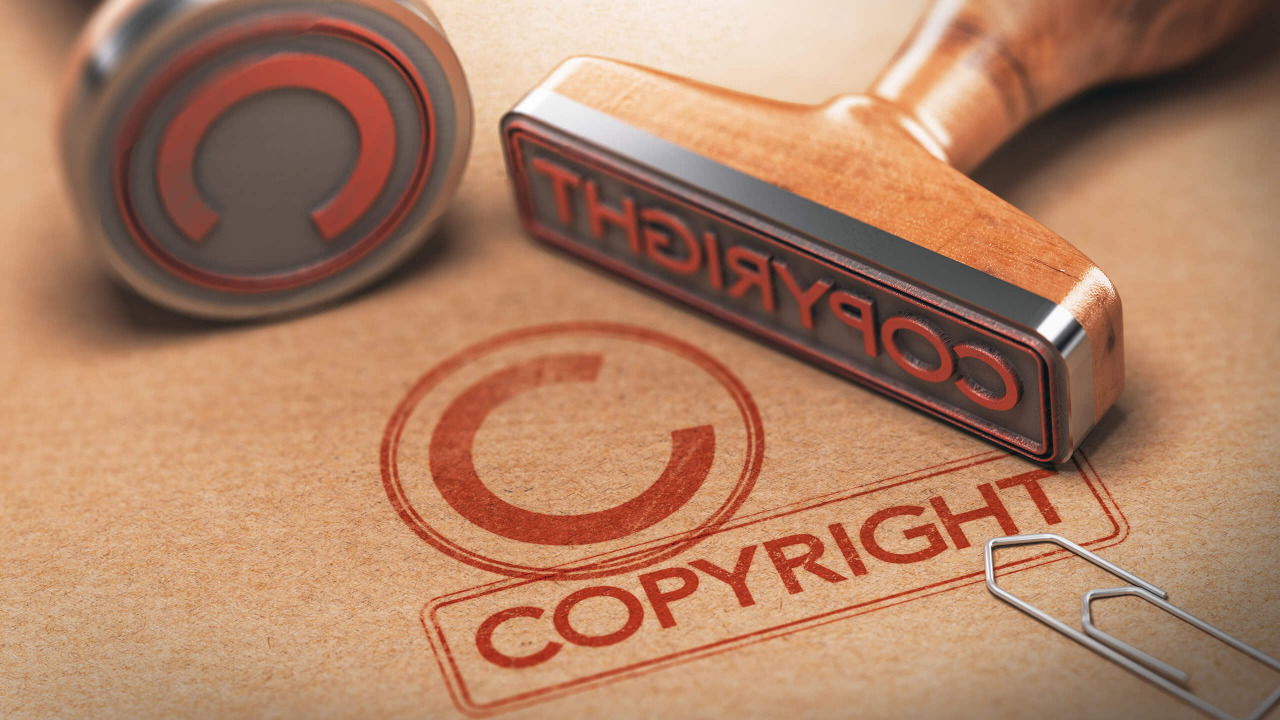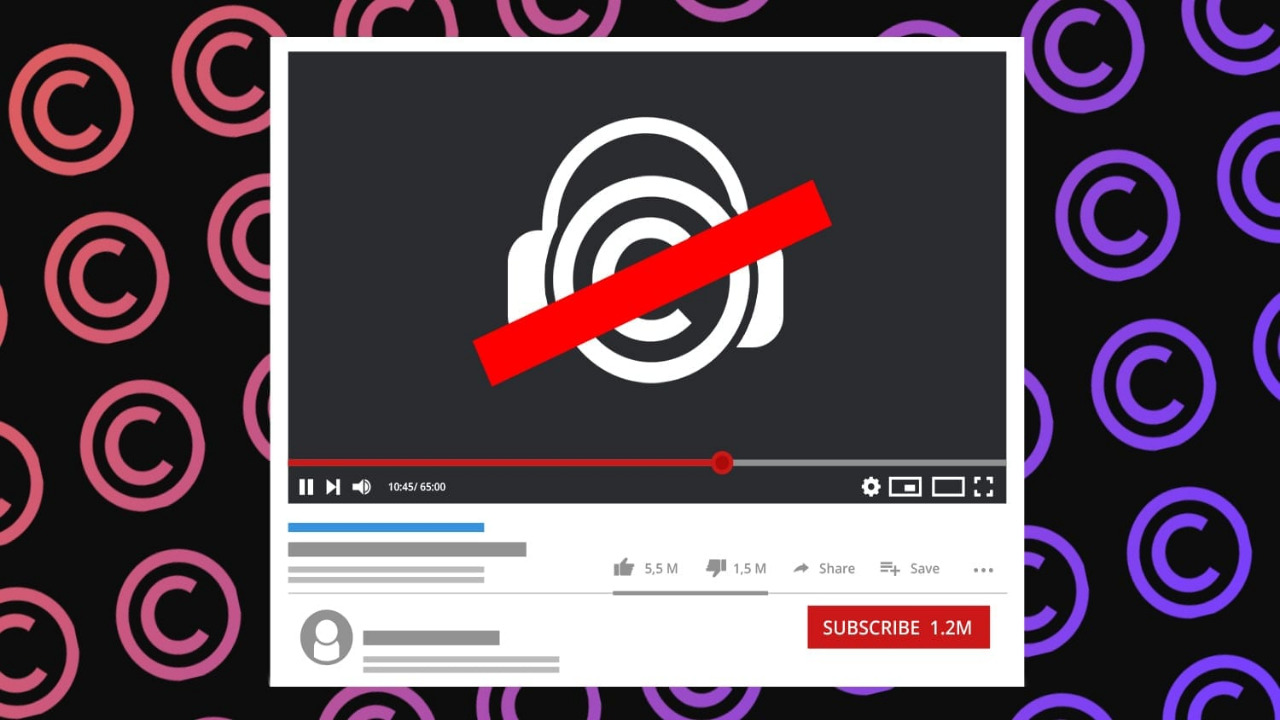
YouTube has become a hub of creativity and expression, allowing users to share their content with the world. One of the key elements that can enhance your YouTube videos is the use of music. However, understanding copyrighted music on the platform can be a bit tricky. To help you avoid potential pitfalls and make the most of your creative endeavors, here are some essential dos and don’ts when using music on YouTube.
Dos:

Understand Copyright Basics
Before incorporating any music into your videos, it’s crucial to have a solid understanding of copyright laws. Copyright grants creators exclusive rights to their work, including music. Familiarize yourself with concepts like public domain, fair use, and Creative Commons licenses.
Use Licensed Music
The safest way to include music in your YouTube videos is by using licensed tracks. Look for royalty-free music libraries or platforms that offer music specifically cleared for use in videos. These tracks are pre-approved for video use, mitigating copyright concerns for different types of YouTube content.
Utilize YouTube’s Audio Library
YouTube provides a wide range of music and sound effects in its Audio Library. These tracks are free to use and are pre-cleared for use on the platform. You can easily filter music by genre, mood, or instrument to find the perfect fit for your content.
Purchase Royalty-Free Music
If you’re looking for more variety, consider purchasing royalty-free music from reputable music marketplaces. This option often grants you a license to use the music in your videos without any further complications.
Attribute Properly
If you choose to use Creative Commons-licensed music, make sure you follow the attribution guidelines specified by the creator. Properly crediting the artist ensures you respect their work and abide by the license terms.
Don’ts:

Use Copyrighted Music Without Permission
Using copyrighted music without obtaining the necessary permissions can lead to copyright strikes or even the removal of your videos. Even if you credit the artist, it doesn’t grant you the legal right to use their work unless you have explicit permission.
Rely Solely on Automatic Content ID Claims
YouTube’s Content ID system automatically detects copyrighted music which may lead to content claims or restrictions. While this system is designed to protect copyright holders, it’s not foolproof and can sometimes generate false claims.
Assume Cover Songs Are Safe
While covering a song may seem like a workaround, it’s essential to remember that the underlying composition of the music is still protected by copyright. You may need to obtain a mechanical license to create and share cover versions legally.
Edit or Modify Copyrighted Music
Altering copyrighted music by changing pitch, tempo, or adding effects does not necessarily make it safe for use. These modifications are often recognized by Content ID systems, and your video could still be flagged.
Neglect the Importance of Sound Effects
In addition to music, be cautious with sound effects that may also be subject to copyright. Ensure that the sounds you incorporate into your videos are either original, from royalty-free sources, or obtained with the proper licensing.
Conclusion
In the dynamic landscape of YouTube content creation, music adds depth, emotion, and engagement to your videos. By following the dos and don’ts of using YouTube copyright music, you can strike the right chord between creativity and legality. Whether you’re a vlogger, filmmaker, or entertainer, respecting copyright while crafting compelling content ensures that your videos resonate with audiences while staying within the boundaries of the law. Remember, while the world of copyright may seem complex, your commitment to responsible use can lead to a harmonious and successful YouTube journey.